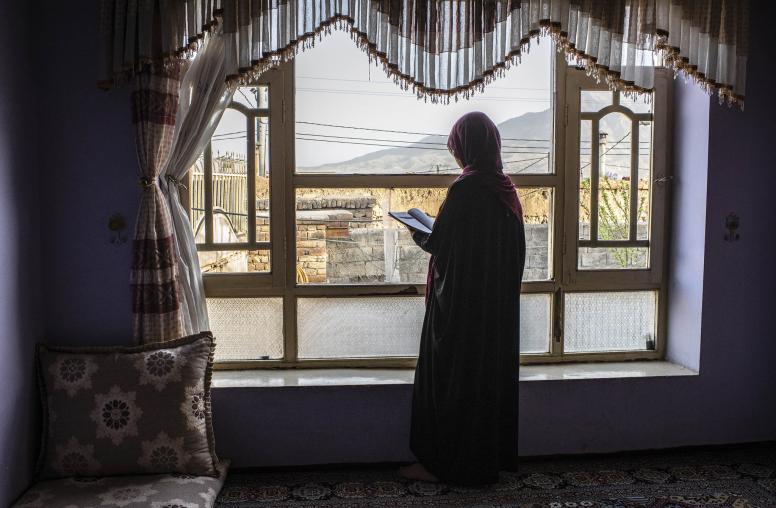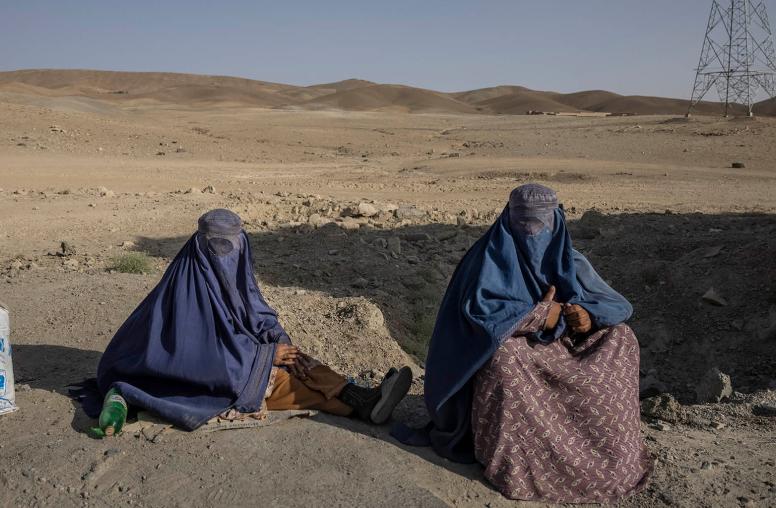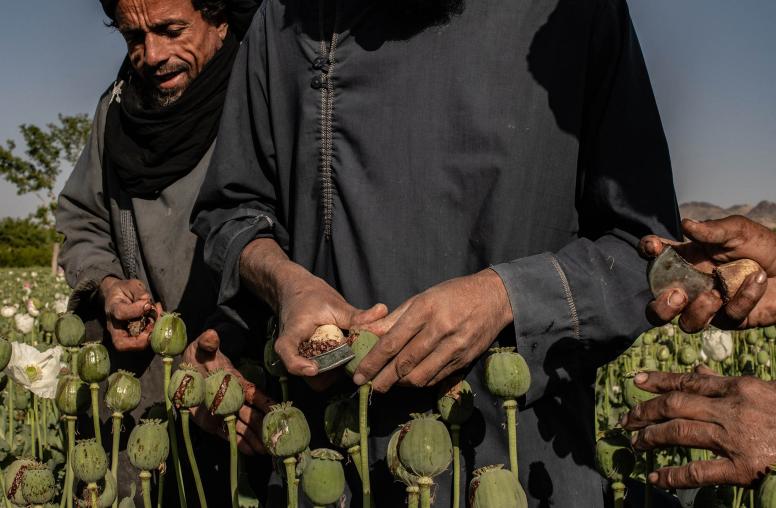
An Afghan Cabinet minister who’s been commended by experts for overseeing one of the country’s most successful development programs is appealing for continued U.S. backing to capitalize on important achievements and prevent dangerous backsliding as foreign aid declines.
Wais Ahmad Barmak, Afghanistan’s minister of rural rehabilitation and development, spoke at the U.S. Institute of Peace this week at an event co-hosted with the Center for American Progress to discuss what has made the National Solidarity Program work and how it might be sustained as foreign funding decreases.
Barmak’s ministry oversees the National Solidarity Program, an approach that has given 30,000 villages and settlements the authority, tools and funding to plan and carry out their own projects, from irrigation systems to schools to agricultural projects. More than three-quarters of Afghans live in rural areas, according to the World Bank, which is among the foreign and international donors supporting the program.
The program is “one of the crowning achievements, from the grassroots up, within Afghanistan,” said Tom Perriello, a former member of the U.S. House of Representatives with expertise in conflict analysis and advocacy who now serves as president and chief executive officer of the Center for American Progress Action Fund.
“This participatory approach basically has changed the social landscape of the country,” Barmak said. Villagers have a better understanding of local governance, their rights and their responsibilities as a result of the program. The ministry helps clusters of villages and settlements elect Community Development Councils and plan and implement projects they design.
“We now have women in the Parliament who used to be members of the CDC’s,” Barmak said. “This program is designed to develop the abilities of the community members in Afghanistan to basically manage [and] to make decisions on their own development needs.”
The National Solidarity Program is “one of the most successful rural development programs in Afghanistan, despite all the logistical and other difficulties of operating in rural areas,” said William Byrd, a development economist who is an Afghanistan senior expert at USIP.
Barmak’s ministry helps organize training for the villagers to strengthen their planning, preparation and communication. Working with other ministries as well, the government then brings in technical capability such as engineers to help the communities formulate their proposals and to assist in carrying out the projects.
In addition to its direct benefits in terms of rural infrastructure development, the program has also provided a model of governance in a country where officialdom is more often associated with corruption.
Frequent demands in Washington to tighten restrictions on aid to Afghanistan or to bypass the country’s government often are born of a misunderstanding of the origin of most scandals over corruption and other abuses of assistance, Byrd said.
Corruption and misspending accusations in Afghanistan usually involve either foreign aid funneled directly to local groups or through contractors, he said.
The allegations generally “have nothing to do with the funds that are going through the Afghan government, where there are controls in place to contain and limit corruption,” said Byrd, who previously served as a World Bank country manager and economic adviser in Afghanistan. “I think we need to keep that in mind very much in thinking about aid to Afghanistan.”
The National Solidarity Program is an example of foreign donors underestimating the capability of Afghans to deliver, the experts said. At the beginning, international officials cautioned the Afghan government that village-level elections for the Community Development Councils might be unrealistic.
The government insisted and, “while maybe not successful everywhere, they certainly have changed the atmosphere,” Byrd said. “So it’s an example where I would argue the government knew better.”
Barmak said he and other government ministers already are faced with recalibrating their development plans because of forecasts of drastic funding cuts by foreign donors.
“The money is well-spent, but the real question is what is the longer-term trajectory – how to keep this program going effectively and to build on success,” Byrd said.



